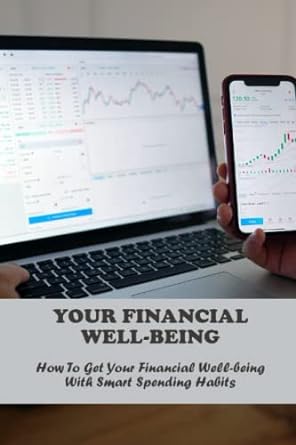Question
MULTIPLE CHOICE QUESTIONS For each question, enter the letter of the best response on the blank preceding the question. ______ 17. Each of the following
MULTIPLE CHOICE QUESTIONS
For each question, enter the letter of the best response on the blank preceding the question.
______ 17. Each of the following may be considered a disadvantage or weakness of the partnership form of business organization EXCEPT
A. owners have unlimited liability and may have to cover debts of other partners.
B. income earned in the partnership is included and taxed on the partners personal tax return.
C. it is difficult to liquidate or transfer a partnership share.
D. the partnership is dissolved when a partner dies.
______ 18. The Sarbanes-Oxley Act of 2002
A. established an oversight board to monitor the accounting industry.
B. tightened audit regulations and controls.
C. reduced or lessened the financial burden on corporations that must comply with its requirements.
D. toughened penalties against executive who commit corporate fraud.
______ 19. Dean Watson purchased five shares of ABC Corporation five years ago for $20 per share. Dean now sells all five of these common stock shares for $28 each. The $8 difference between Deans selling price per share today and his initial purchase price per share five years ago is a
A. capital gain.
B. capital loss.
C. Initial Public Offering (IPO).
D. dividend in arrears.
______ 20. __________________ represent the total money owed to the firm by its customers for credit sales made to them.
A. Accounts Payable
B. Accounts Receivable
C. Sales Revenue
D. Cash Discounts Taken
______ 21. ________________________ involves the comparison of two or more firms financial ratios for the same time-frame.
A. Time series analysis
B. Discrepant analysis
C. Analysis of Variance (ANOVA)
D. Cross-sectional analysis
______ 22. The Quick Ratio is similar to the Current Ratio except that it excludes _________________, which is generally the least liquid current asset.
A. Accounts Receivable
B. Inventory
C. Cash
D. Short-Term Investments
______ 23. A popular tool for evaluating profitability in relation to sales is the _______________________. Each item on the income statement is expressed as a percentage of sales.
A. common-size balance sheet
B. percentage-change balance sheet
C. percentage-change income statement
D. common-size income statement
______ 24. _____________________ represents the number of dollars earned during the period on behalf of each outstanding share of common stock.
A. Return on Total Assets (ROA)
B. Return on Common Equity (ROE)
C. Earnings Per Share (EPS)
D. Net Profit Margin
______ 25. The _____________________________ is a measure of relative dispersion that is useful in comparing the risks of assets that have different expected returns.
A. standard deviation
B. coefficient of variation
C. Security Market Line (SML) equation
D. expected rate of return
______ 26. In general, the ___________________ the correlation between asset returns, the ______________the potential diversification of risk.
A. lower; greater
B. lower; lower
C. greater; greater
D. B and C
______ 27. Each of the following is an example of a non-diversifiable or systematic risk EXCEPT
A. inflation.
B. the level of interest rates in the economy.
C. the unemployment rate.
D. a law suit filed against Wal-Mart by its workers which alleges underpayment of wages.
______ 28. Combining several assets into a portfolio so that the risk of the portfolio is reduced is known as
A. valuation.
B. diversification.
C. liquidation.
D. risk aversion.
______ 29. William will only accept companies for his portfolio that have a coefficient of variation of .82 or lower. Which of the following companies would William select for his portfolio?
A. Company A: Return = 10%; Standard deviation = 10%
B. Company B: Return = 12%; Standard deviation = 10%
C. Company C: Return = 8%; Standard deviation = 10%
D. Company D: Return = 14%; Standard deviation = 10%
______ 30. __________________ are used to measure the speed in which various accounts are converted into sales or cash.
A. Liquidity ratios
B. Activity ratios
C. Debt ratios
D. Profitability ratios
______ 31. The most expensive form of business to organize is the
A. limited partnership.
B. sole proprietorship.
C. corporation.
D. general partnership.
______ 32. When the risk associated with an investment is high, the rate of return required by the investor will generally be
A. moderate.
B. low.
C. high.
D. equal to the 30-day Treasury bill rate.
Step by Step Solution
There are 3 Steps involved in it
Step: 1

Get Instant Access to Expert-Tailored Solutions
See step-by-step solutions with expert insights and AI powered tools for academic success
Step: 2

Step: 3

Ace Your Homework with AI
Get the answers you need in no time with our AI-driven, step-by-step assistance
Get Started


